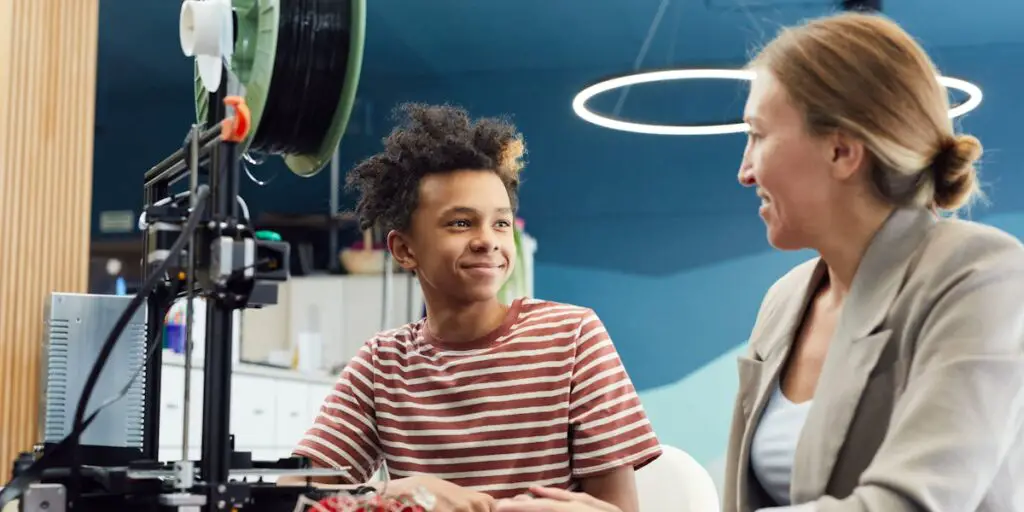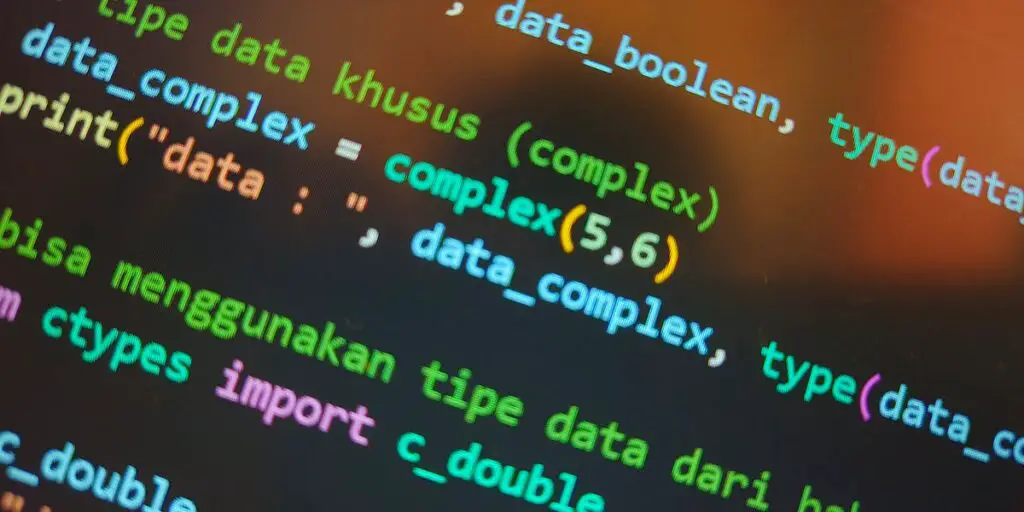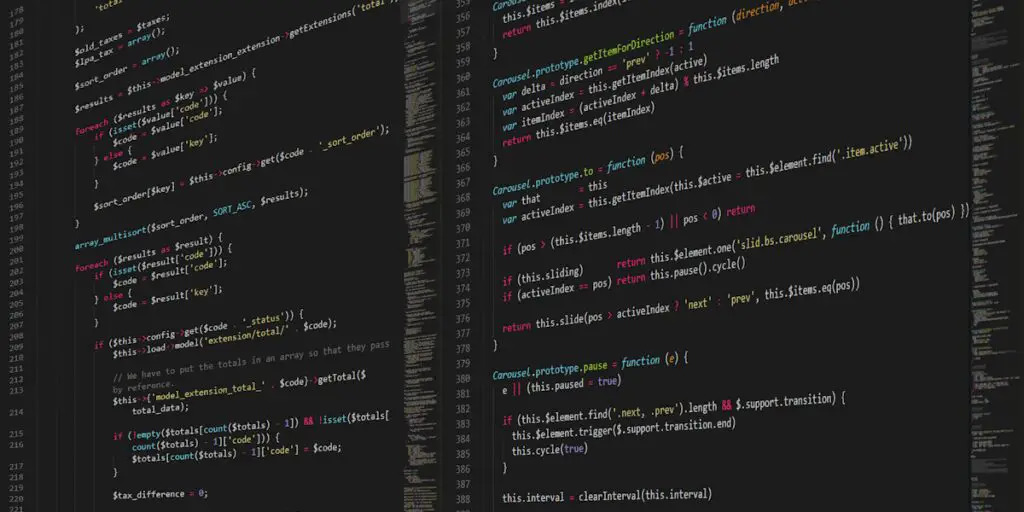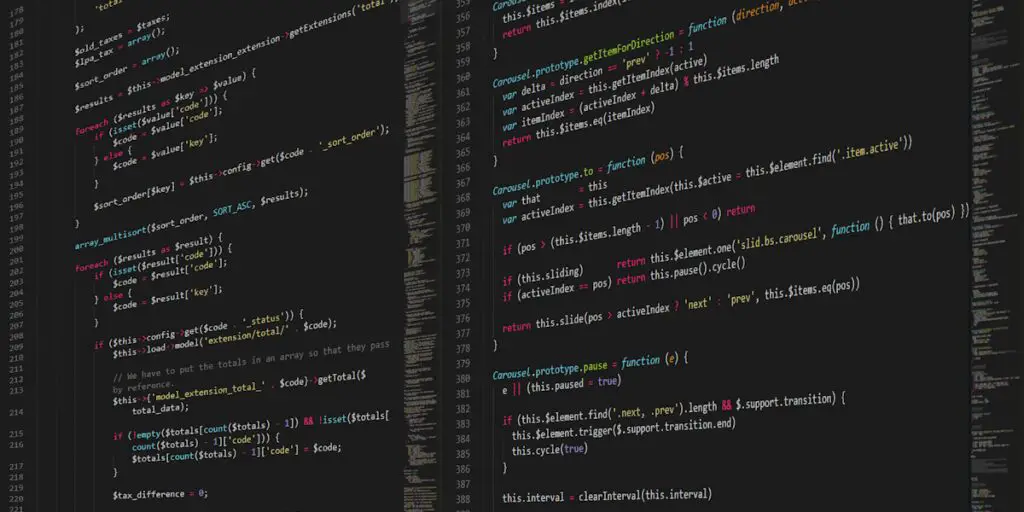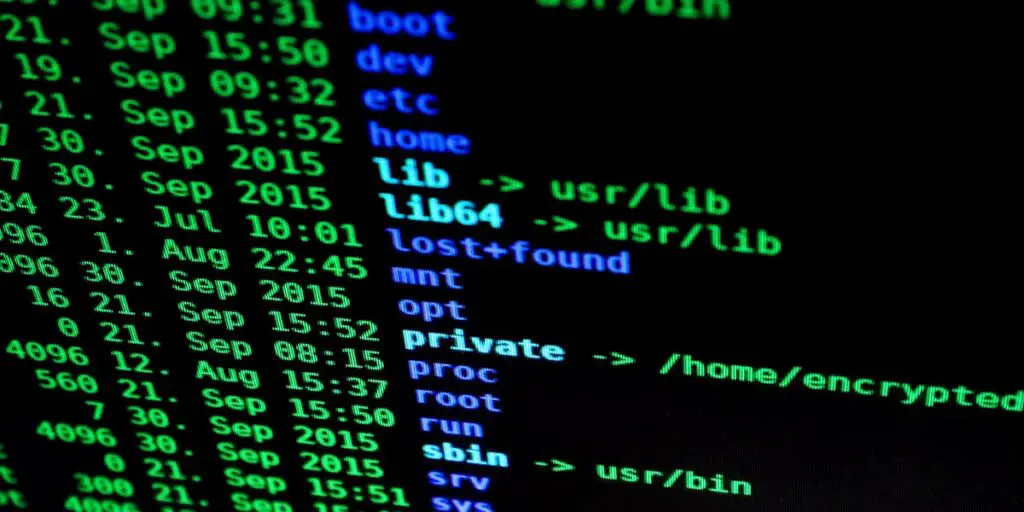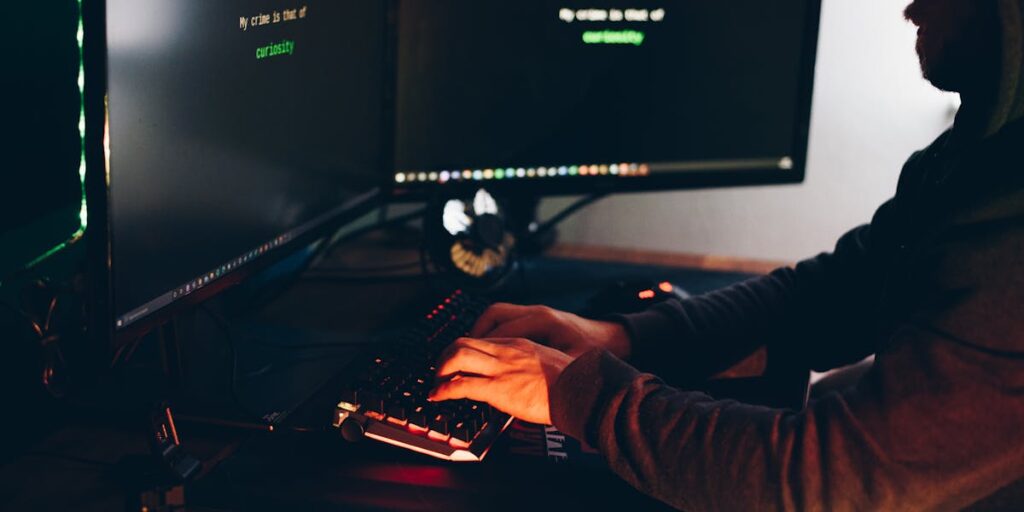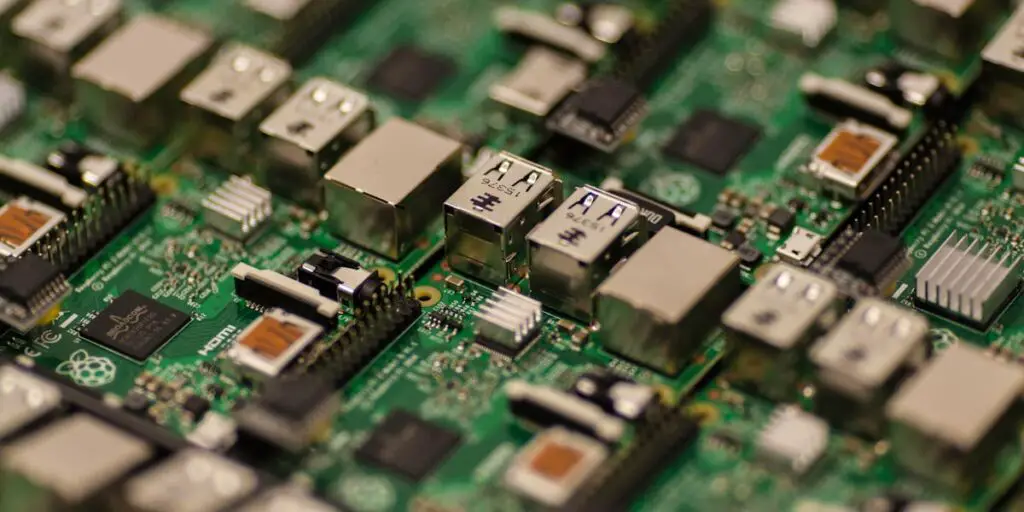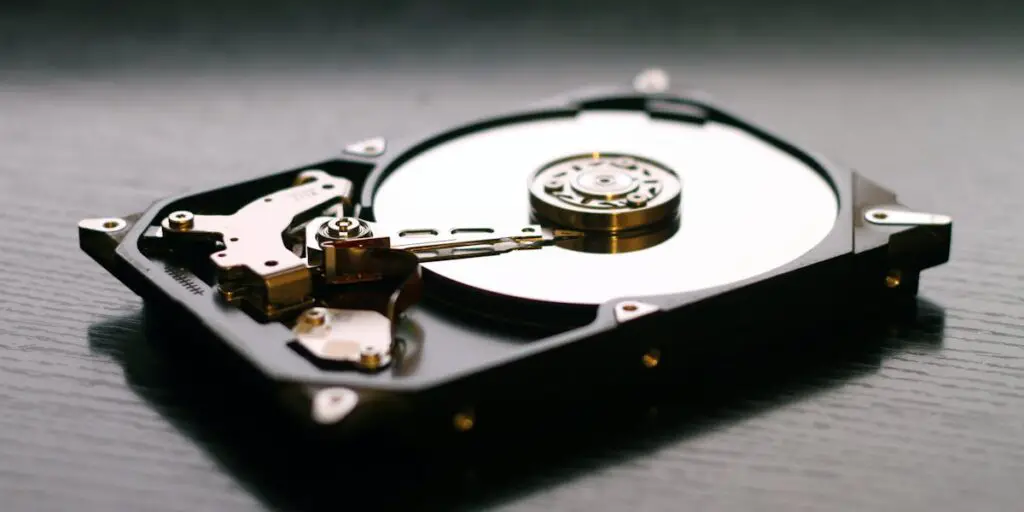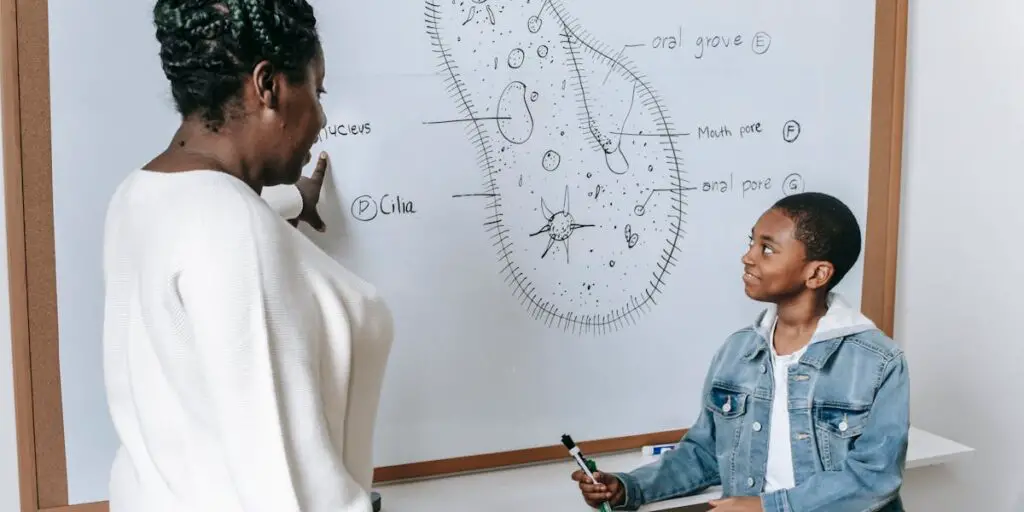What are the different features of a browser? If you want to perform Online Banking Transactions, what precautions will you take before performing a transaction?
Features of a Browser A browser is a software application that enables users to access and interact with content on the Internet. Common features of modern browsers include: 1. Navigation Tools – Address Bar: Allows users to enter URLs or search terms. – Back/Forward Buttons: Navigate between previously visited pages. – Refresh/Reload: Updates the current […]


